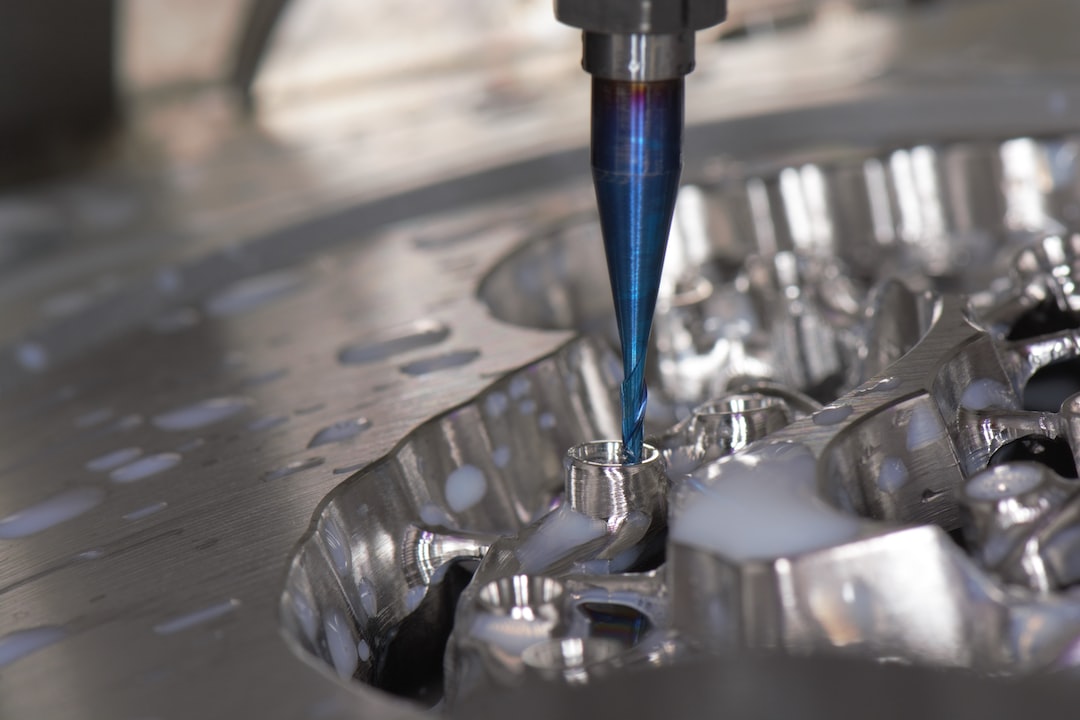The Industrial Internet of Things (IIoT) is revolutionizing the manufacturing sector with its ability to connect machines, devices, and sensors that are involved in the production process. IIoT is a subset of IoT that is specifically used in manufacturing industries, which helps to automate the machinery operations and uncover business intelligence that is critical for decision making. IIoT connects the physical world of machinery with the digital world of data, enabling manufacturers to monitor and optimize their processes, enhance production efficiency, reduce costs, and improve product quality.
IIoT in Manufacturing
The IIoT is transforming the way things are produced by providing valuable insights into the production process. This technology empowers manufacturers to make informed decisions, whether that’s reducing machine downtime, optimizing the supply chain, or streamlining the production line. Further, IIoT enables predictive maintenance, which is a game-changer for the manufacturing sector. Predictive maintenance is a proactive approach to maintenance, in which the equipment is monitored closely, and a plan is developed for maintenance before any failure occurs. This approach helps to improve equipment efficiency, extend equipment life, and reduce costs.
IIoT Sensors and Devices for Manufacturing
Sensors and devices are the keys to IIoT in manufacturing. IIoT systems have sensors that are used to monitor and collect data from the machines that are being used in the production process. These sensors can track machine productivity, temperature, pressure, vibration, and other variables that are critical to the production process. In addition to sensors, IIoT devices like radio-frequency identification (RFID) tags, smart cameras, and GPS-enabled trackers help manufacturers to track their inventory, monitor the production line, and ensure product quality.
Data Analytics and IIoT
IIoT generates enormous amounts of data that is critical for decision-making, and data analytics is the method used to make sense of that data. With IIoT, manufacturers are able to collect data from different machines, analyze it, and gain insights into their production processes. Predictive maintenance is a prime example of data analytics in IIoT. With predictive maintenance, data from the sensors is analyzed using machine learning algorithms that leverage historic data and expert knowledge to predict the failure of a machine. This approach helps to reduce machine downtime and minimize repair costs.
Conclusion
The IIoT is the future of manufacturing, as it is providing the sector with unprecedented control over the production process. Manufacturers that adopt IIoT technologies are at an advantage as they can improve their production efficiency, reduce costs, and improve product quality. IIoT is not just a technology, but a complete eco-system of connected devices, software, and services that are interdependent and work in tandem to deliver business value. This comprehensive guide is just the tip of the iceberg when it comes to IIoT, but it’s a good starting point for manufacturers who want to understand IIoT better and embrace it to take their business to the next level.

